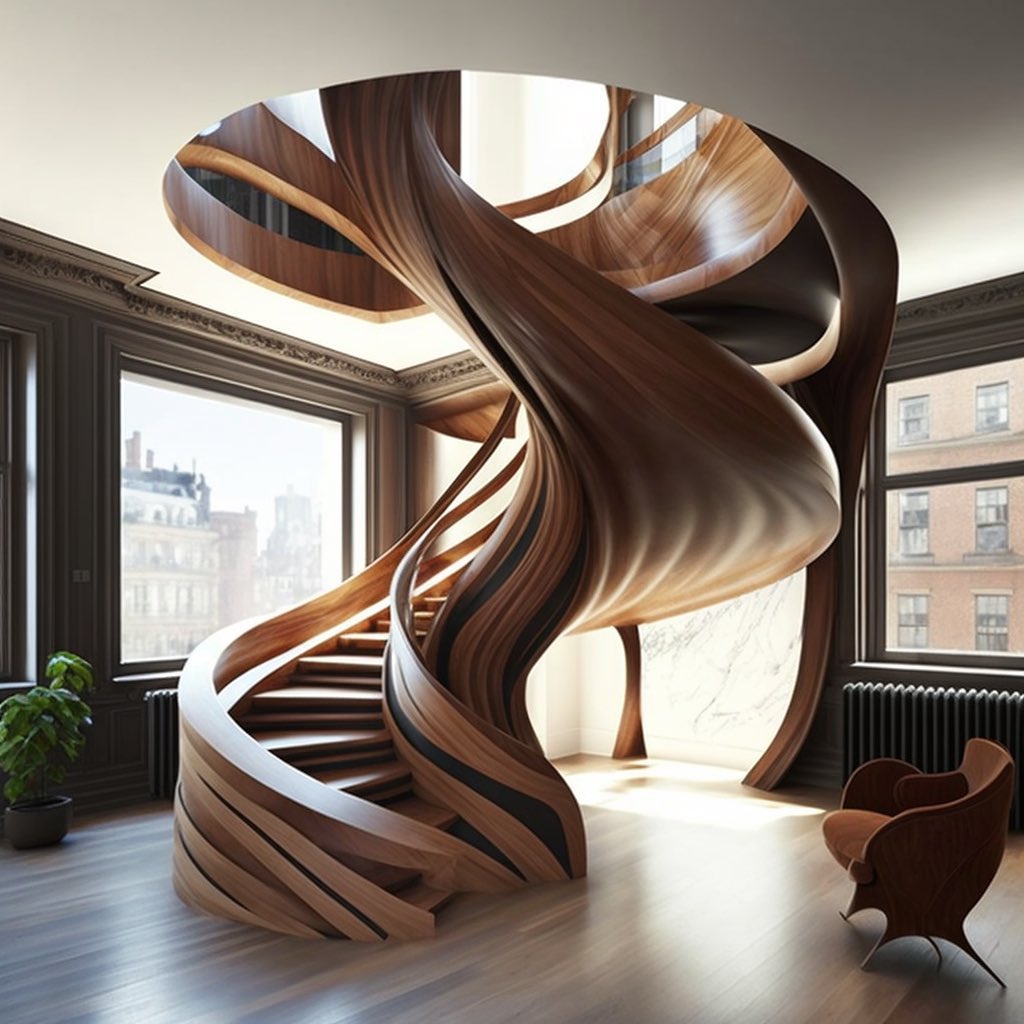

| CANVAS OF PLANS & DRAWINGS |
INTERIOR & DÉCOR, but with a twist |
| HOTELS & RESTAURANTS, beyond mainstream |
Notes on ART |
| Into big AFFAIRS | INSIDERS |
| GLIMPSES | |
Keywords:
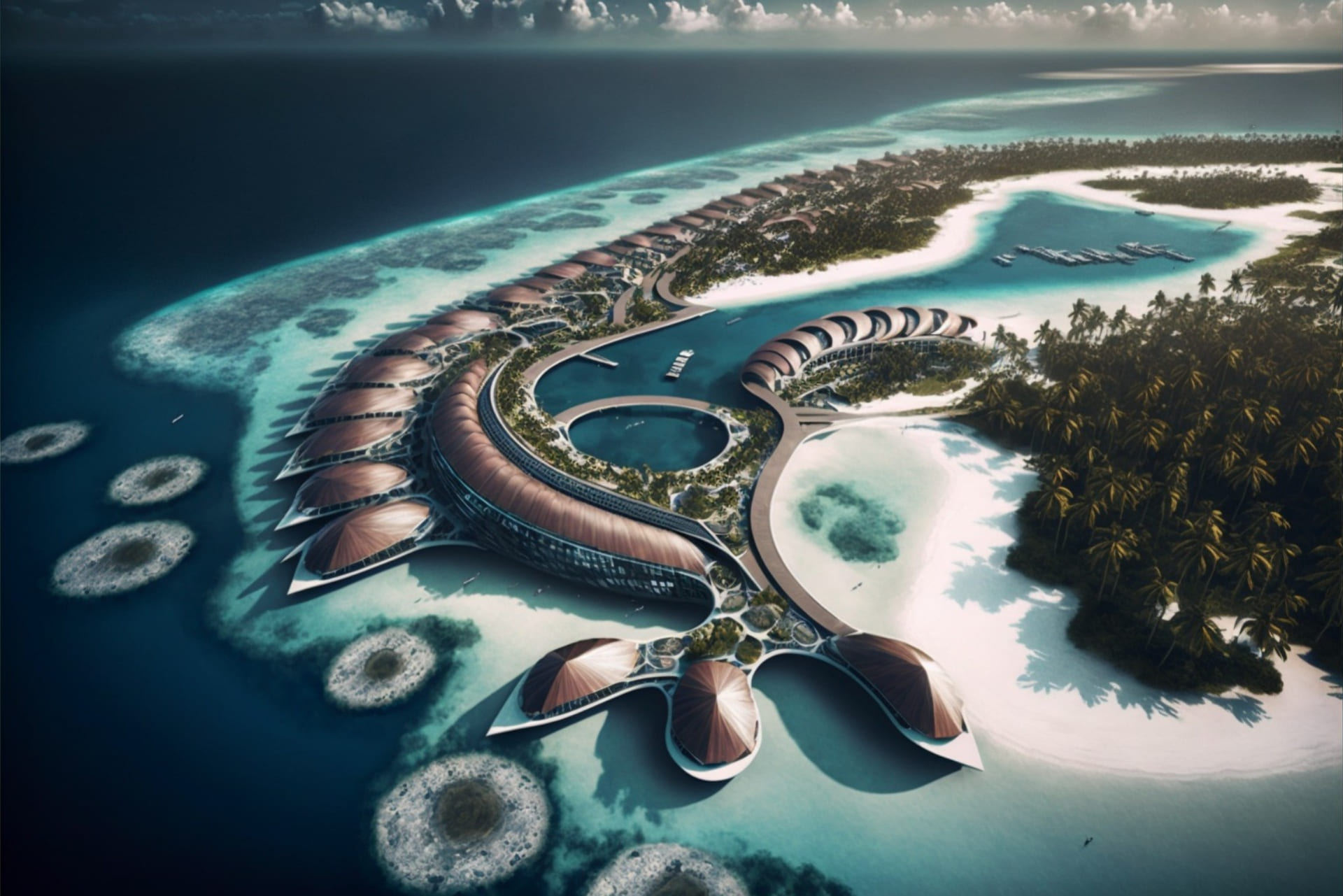
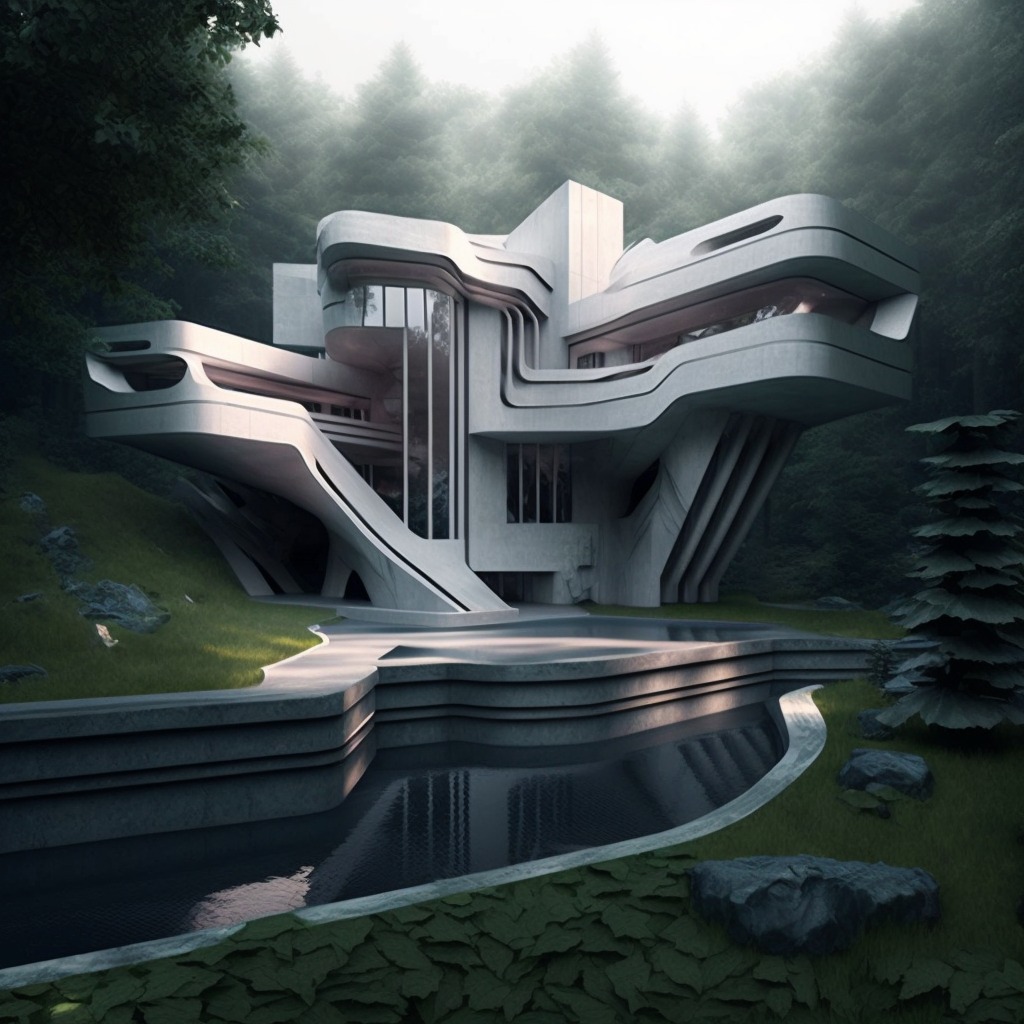
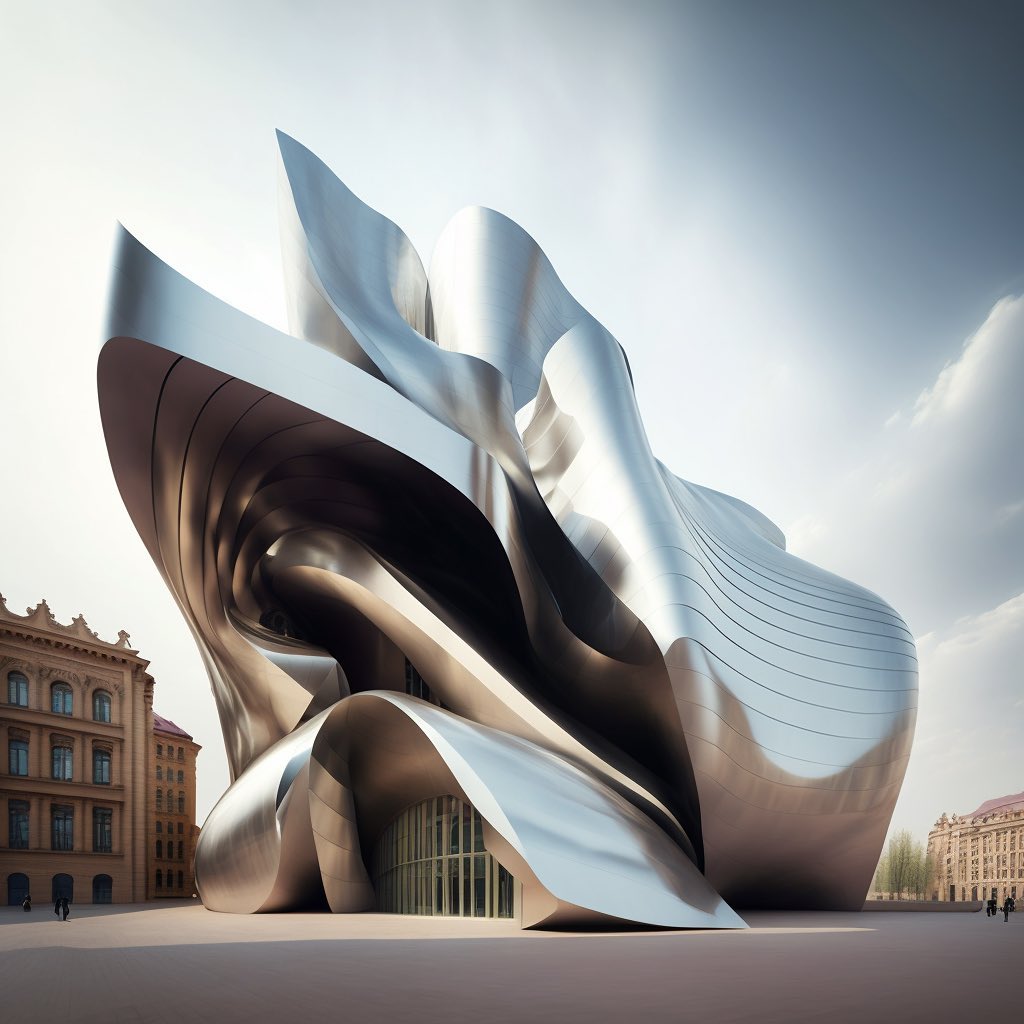
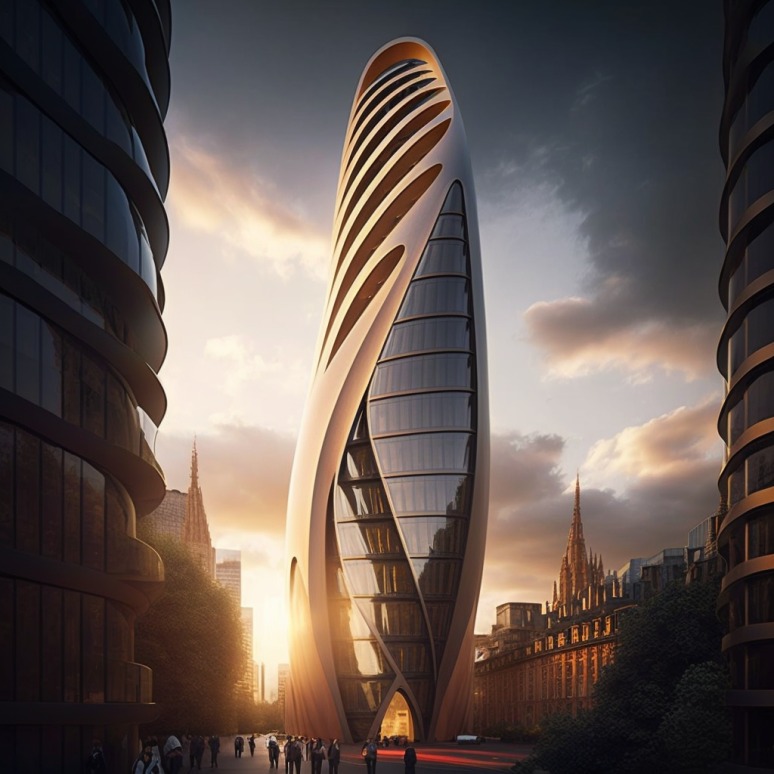
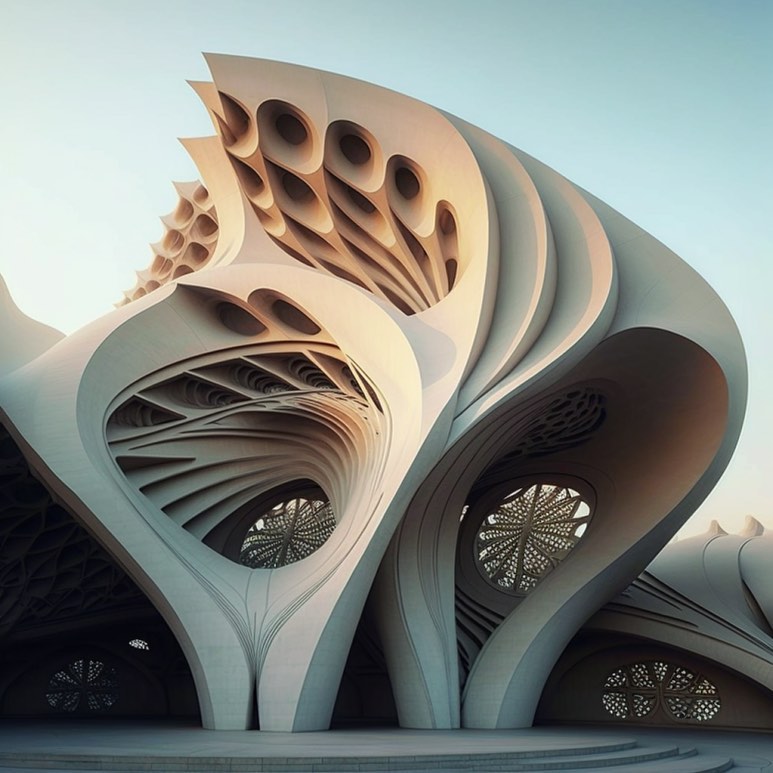
In the field of design and architecture, Midjourney, Stable Diffusion and DallE are the most widely used platforms. We prefer to work with systems based on Generative Adversarial Neural Networks (GUNs) because we believe that in it the learning process is closer to the way humans learn to draw an object.
